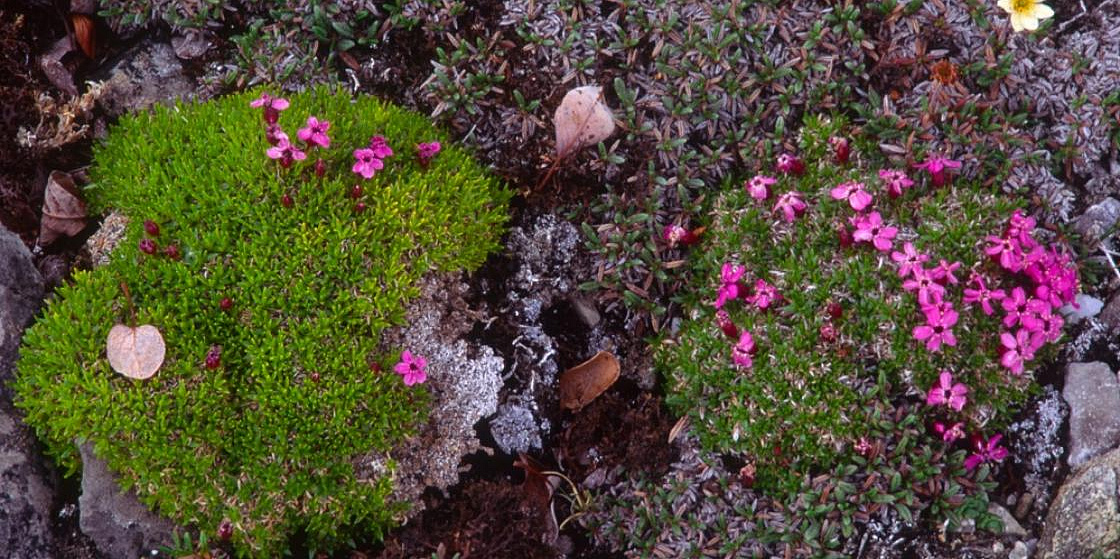
Photo: Makovnev Afanasii/GeoPhoto.ru
Monitoring Permafrost as a Means of Improving Sustainability
The Siberian Branch of the Russian Academy of Sciences has launched a comprehensive permafrost study in the Norilsk Area, Taimyr, Krasnoyarsk Kray.
As part of the study, the team of researchers has installed 50 sensors in the ground that will measure permafrost temperature at various depths six times a day on a yearly basis. Ground temperatures are to be monitored during several years.
Among the study’s goals is to estimate the duration of the frostless period and calculate the sum of bioactive temperatures typical for the soils in question, which is crucial in terms of assessing the permafrost integrity. The study will also focus on finding out whether climate changes in the area occur in cycles, and whether or not they are caused by human activity.
A similar study kicked off in the Yamal-Nenets Autonomous District of Russia in 2020. The RAS believes that comparing their results will help better understand the way climate changes in Taimyr.
Studies like this are of utmost importance for the High North.
At present, the Arctic is an arena of both global climate change and the rapid expansion of mineral exploration, mining and industrial production. Permafrost thawing creates in the High North a new climate reality, putting the structures built there at risk of collapsing. In this light, the likelihood of emergency situations has all chances to increase.
To counter the worst-case scenarios, we should be aware of the processes affecting permafrost environments. The research efforts, including those by the RAS Siberian Branch, will help improve resilience and sustainability and reduce risks associated with the climate change and permafrost thawing.
30 August 2021




